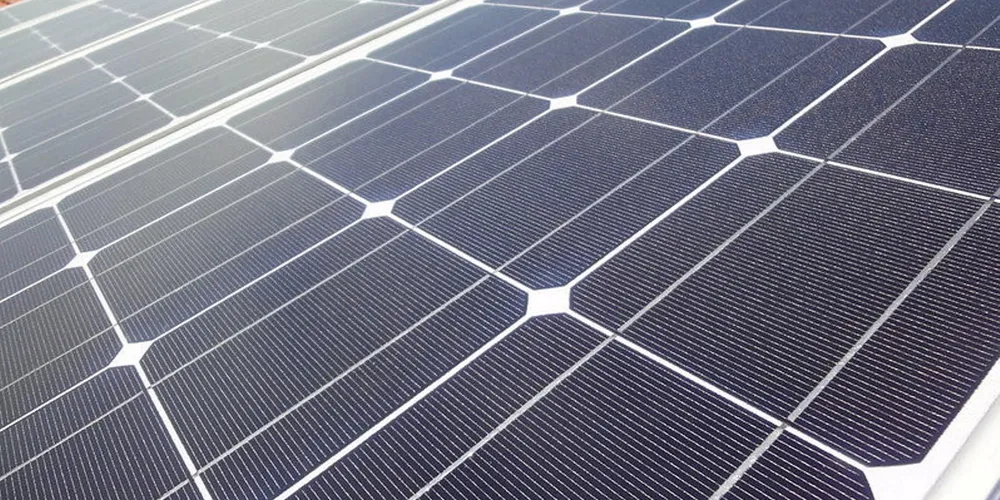'Accessible' solar beats wind as US power additions tumble in tough 2022: S&P
PV takes firm lead over wind new power market by being more convenient, cheaper, easier to permit and with lower maintenance costs

PV takes firm lead over wind new power market by being more convenient, cheaper, easier to permit and with lower maintenance costs
